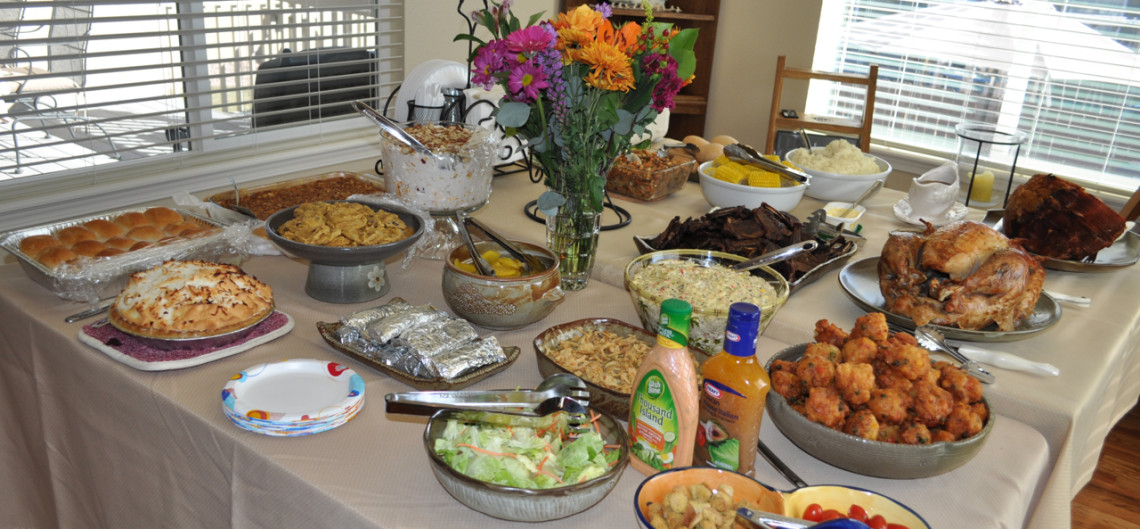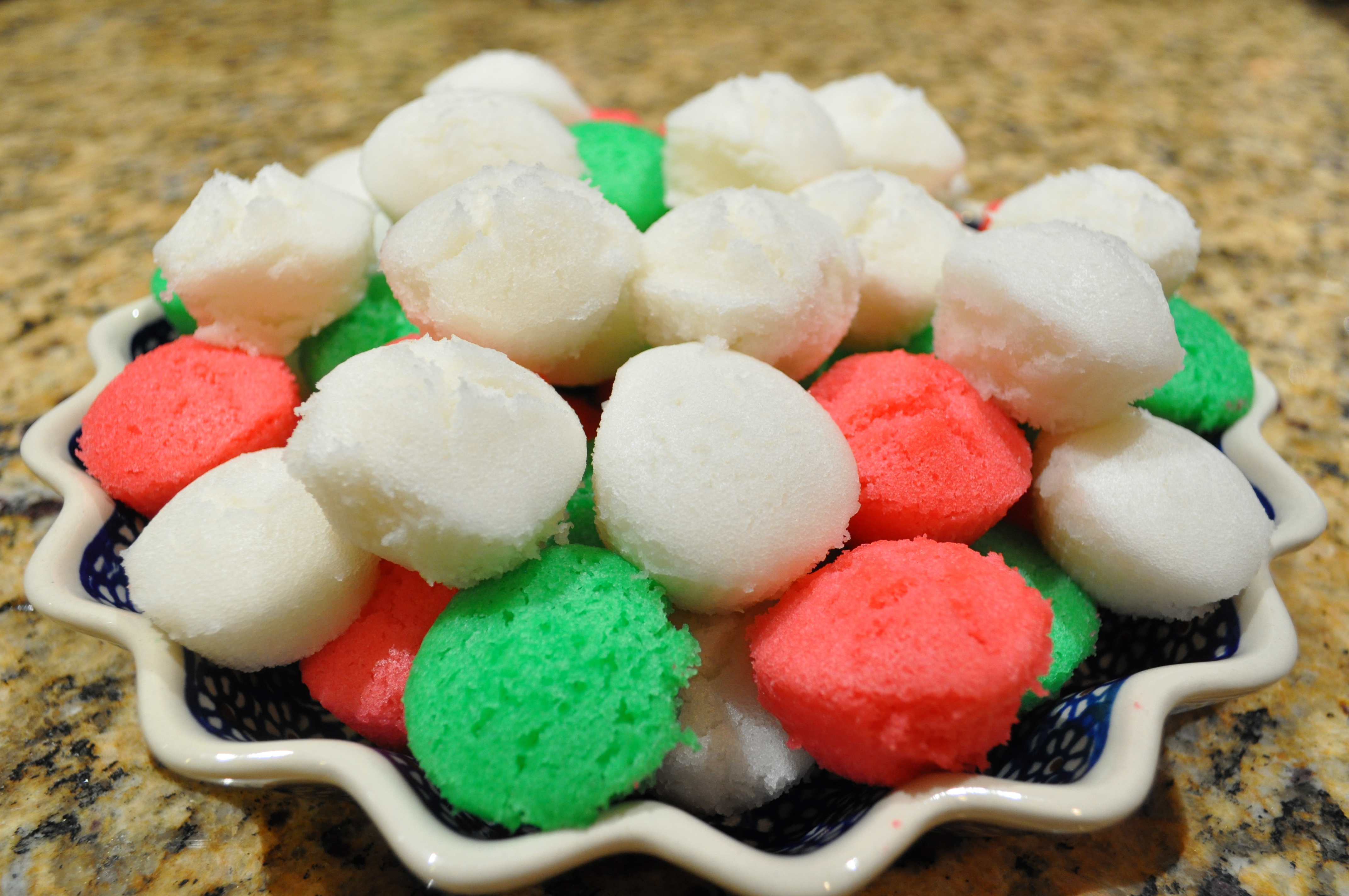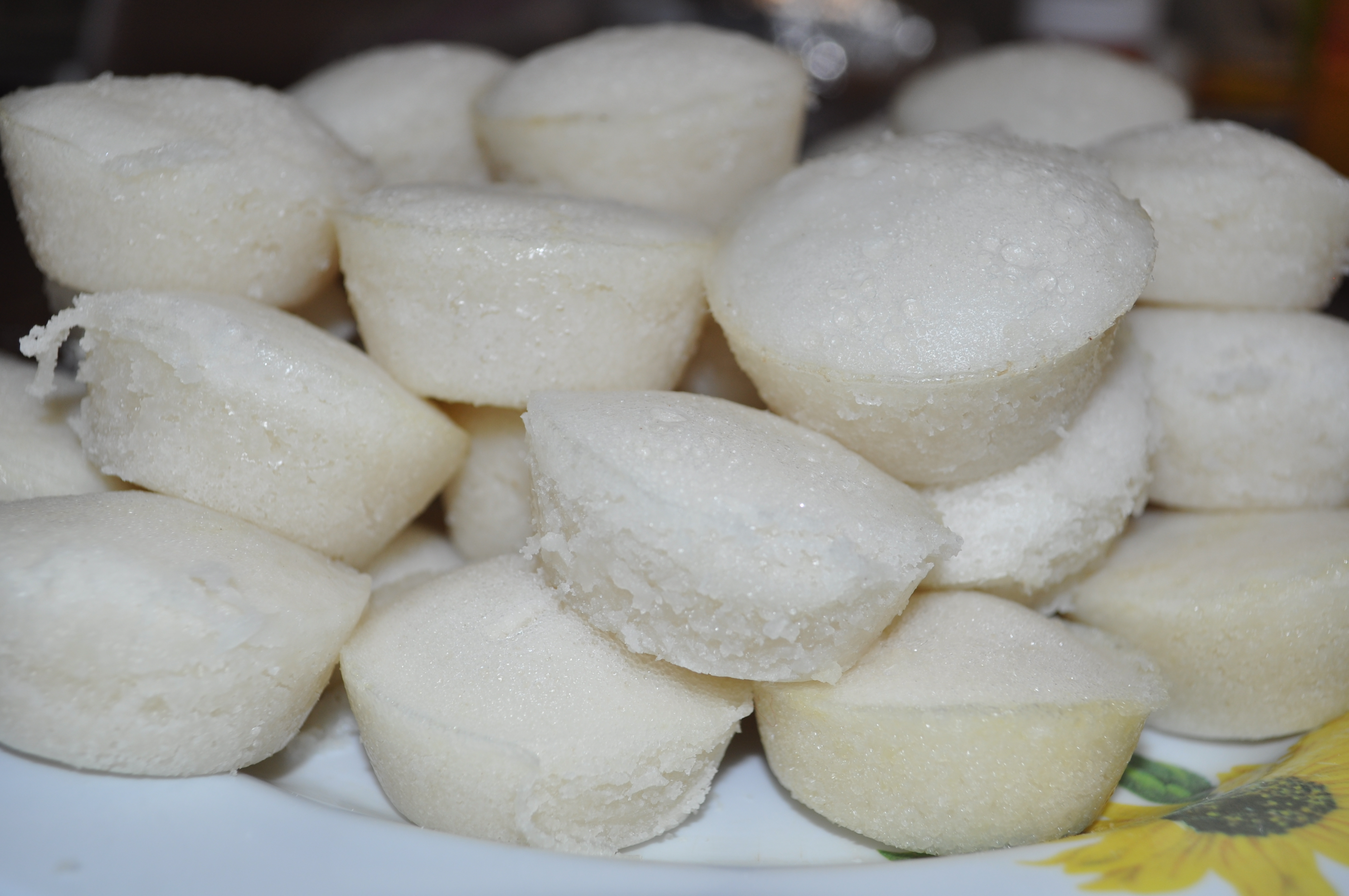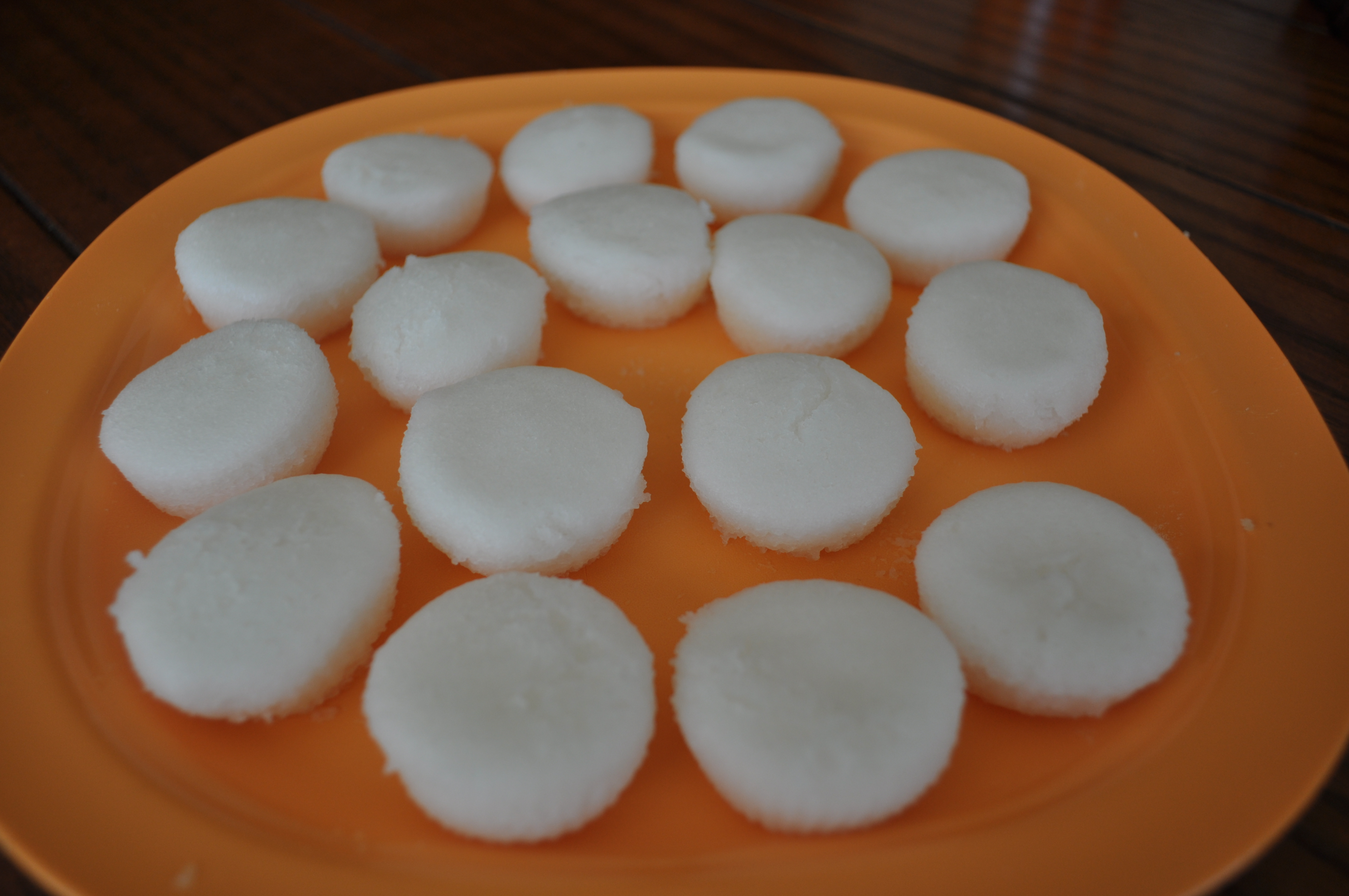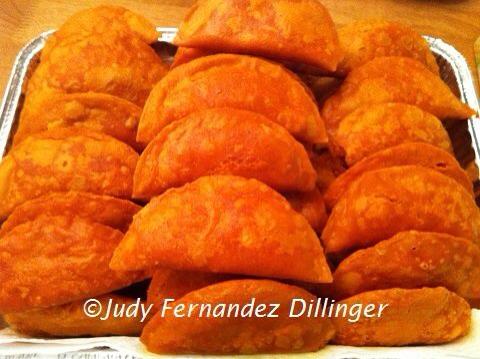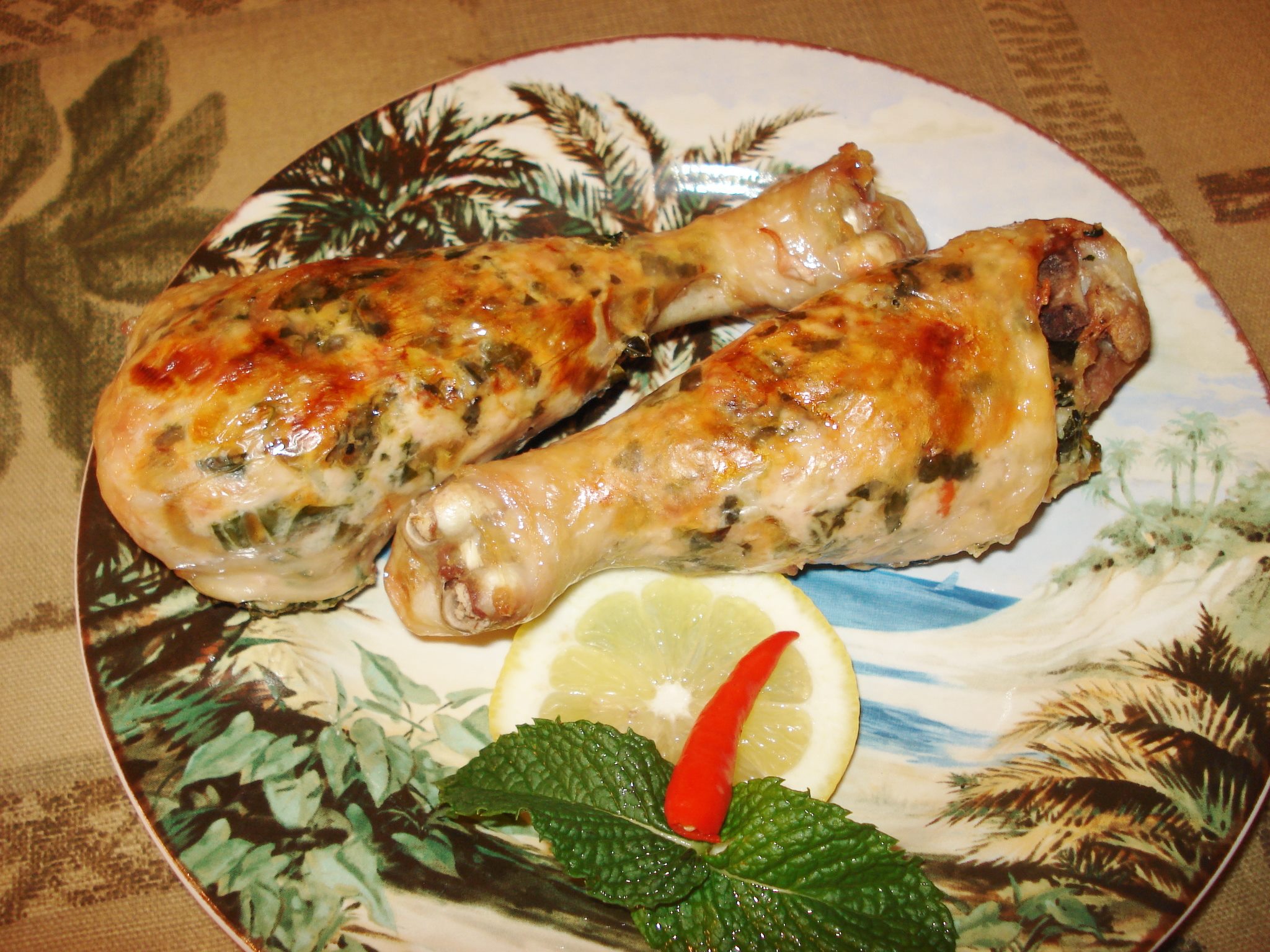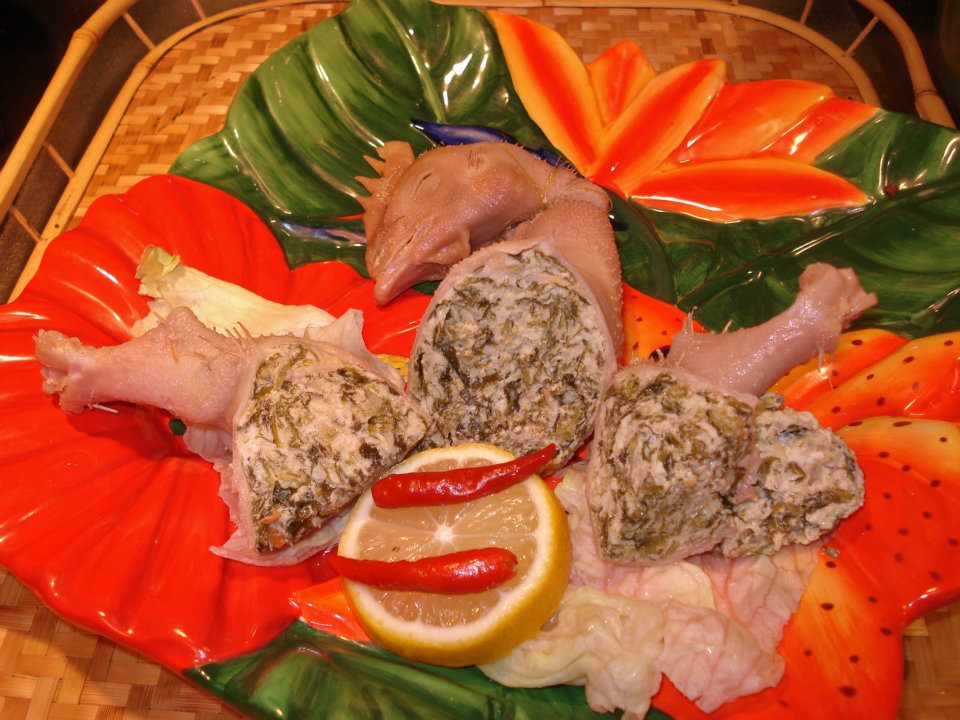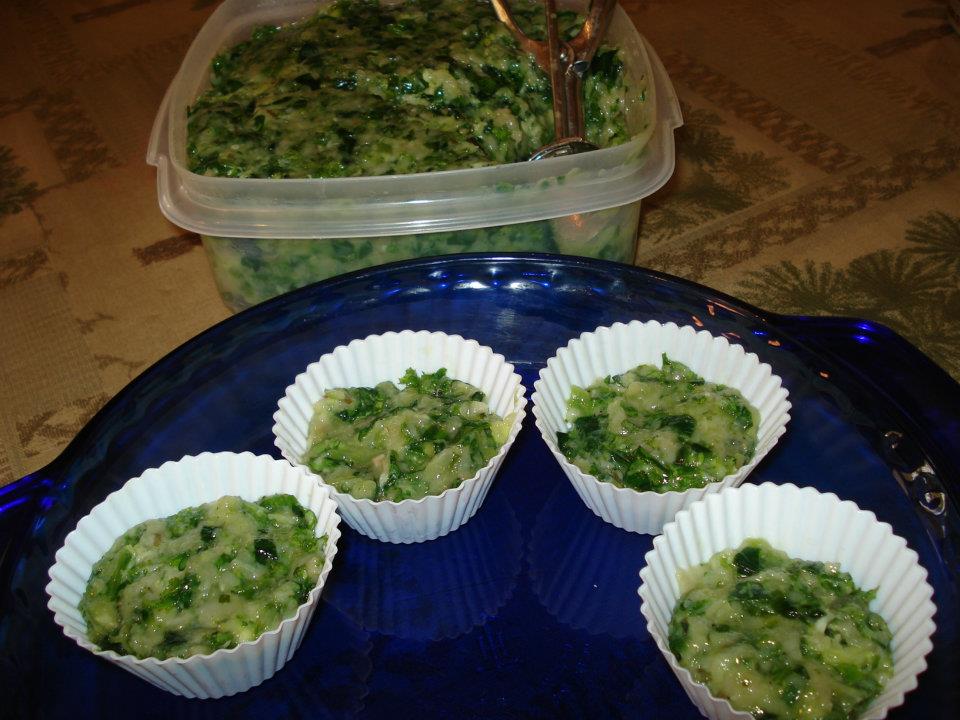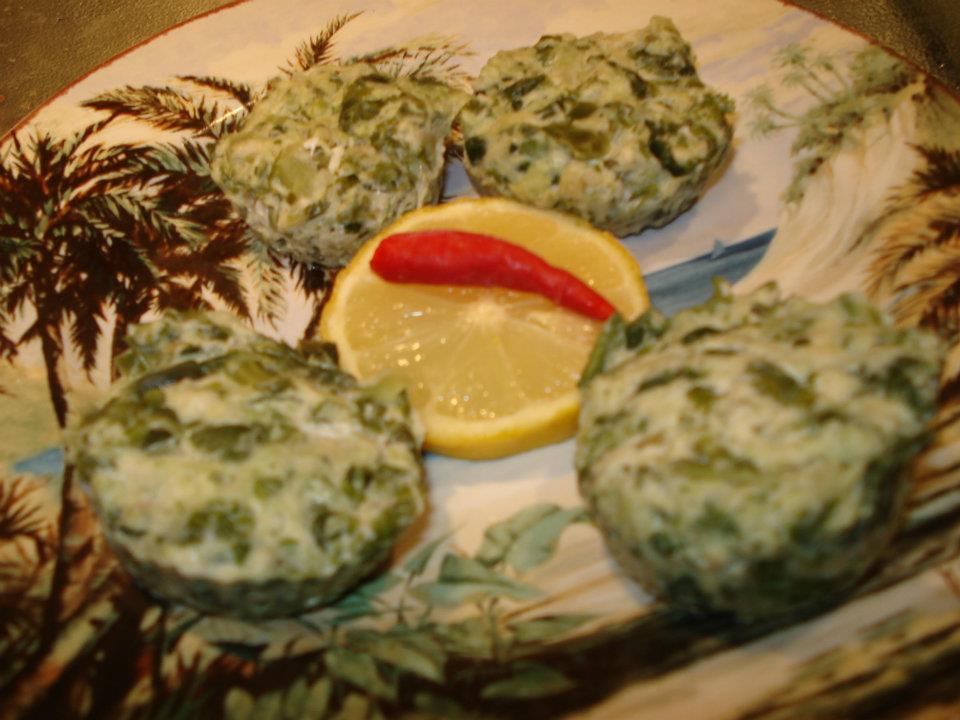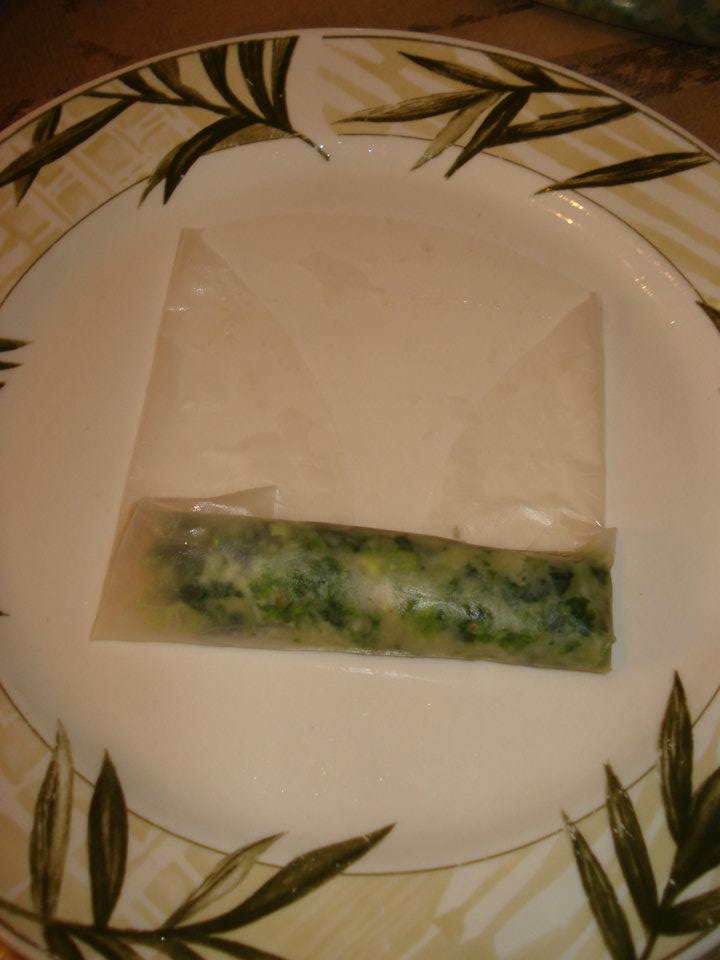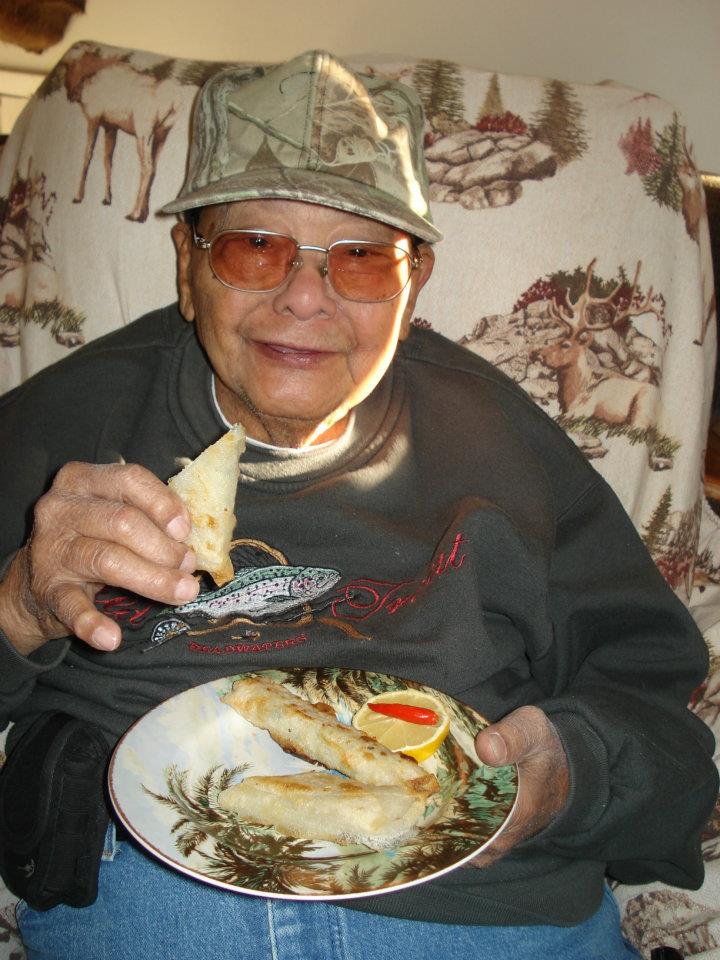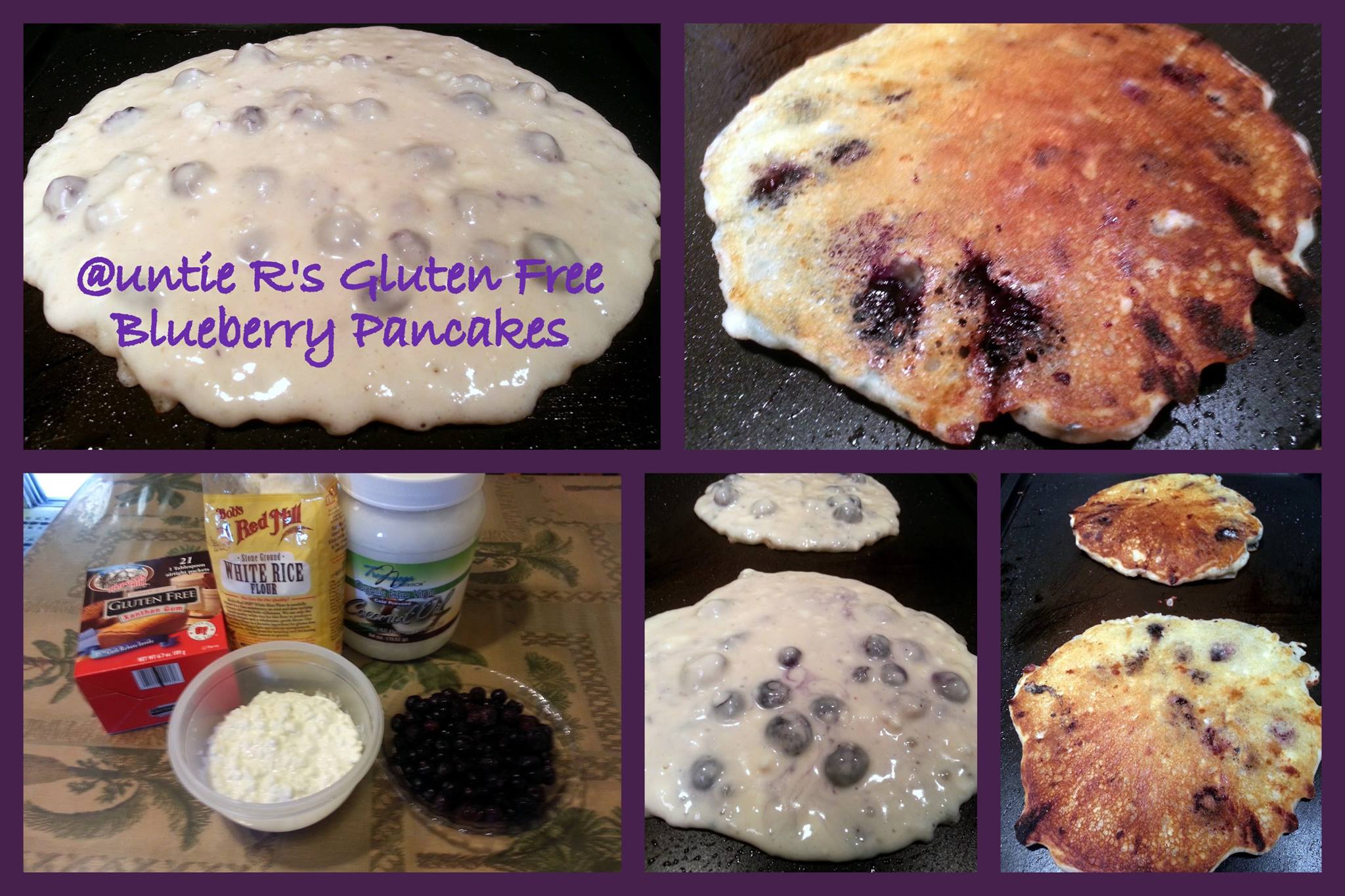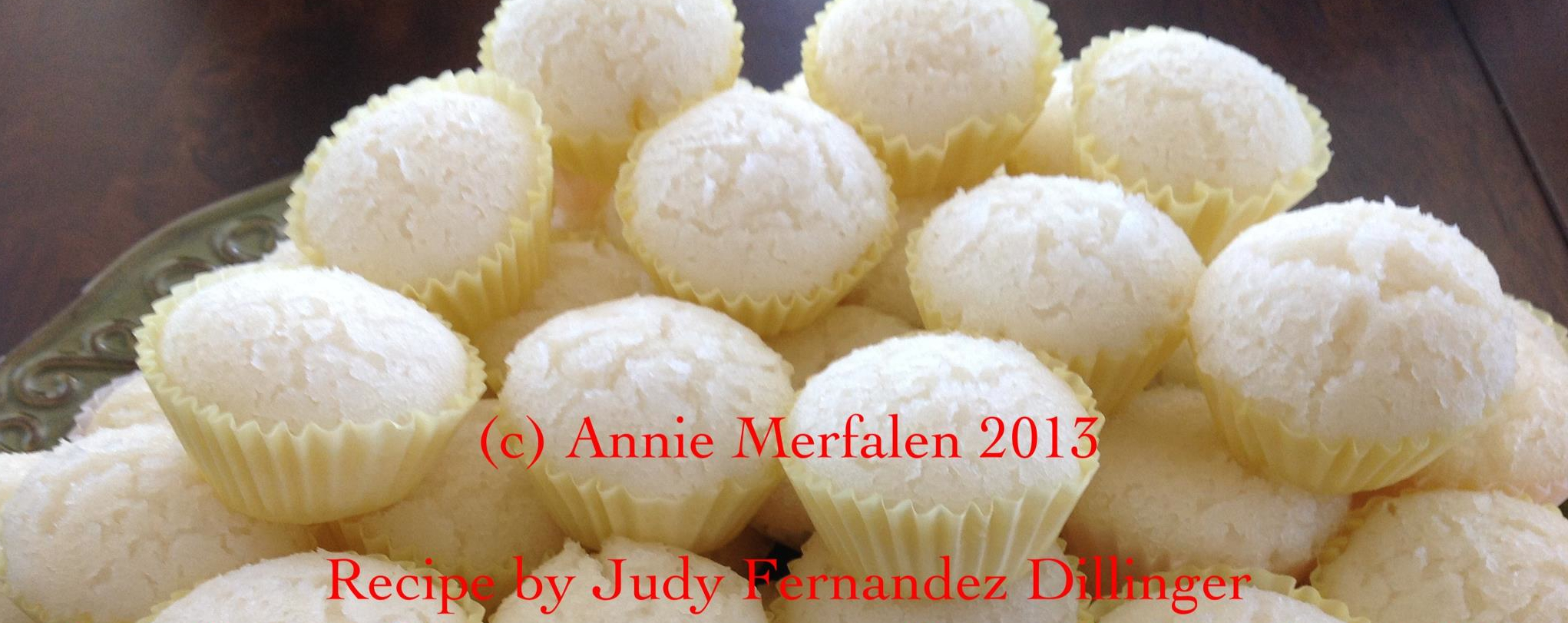
Potu is a sweet steamed rice cake that’s a Chamorro favorite. It’s traditionally made using sweet tuba, a Chamorro beverage made from fermenting (like wine) coconut juice. Rice is soaked overnight in the tuba then ground into a super-fine consistency the next day. The mixture is sweetened and steamed into these amazingly delicious rice cakes.
When I was younger, I usually only had potu when we went to parties or (I don’t mean to be morbid) at rosaries. My late aunt used to make potu as well. I remember those sleepovers at her house — Auntie Frances had the entire kitchen and dining room filled with tubs of soaking rice and pans of potu ready for delivery. Ahh…those were the good ‘ole days.
This is my friend, Judy Dillinger’s recipe. Being away from home, I definitely don’t have access to a lot of home-grown ingredients, tuba being one of them. Judy’s recipe makes use of readily available ingredients that you can find in almost any grocery store. It’s also quick and easy, using rice flour instead of soaking rice overnight.
If you’d like to try another of my friend’s Potu recipes, take a look at this one by my friend, Rose Camacho.
I’ve made both recipes and I will tell you they are both equally delicious and definitely tried-and-true.
Give Judy’s or Rose’s recipes a try. I think you’ll like them.
Here’s how to make Judy’s Potu.
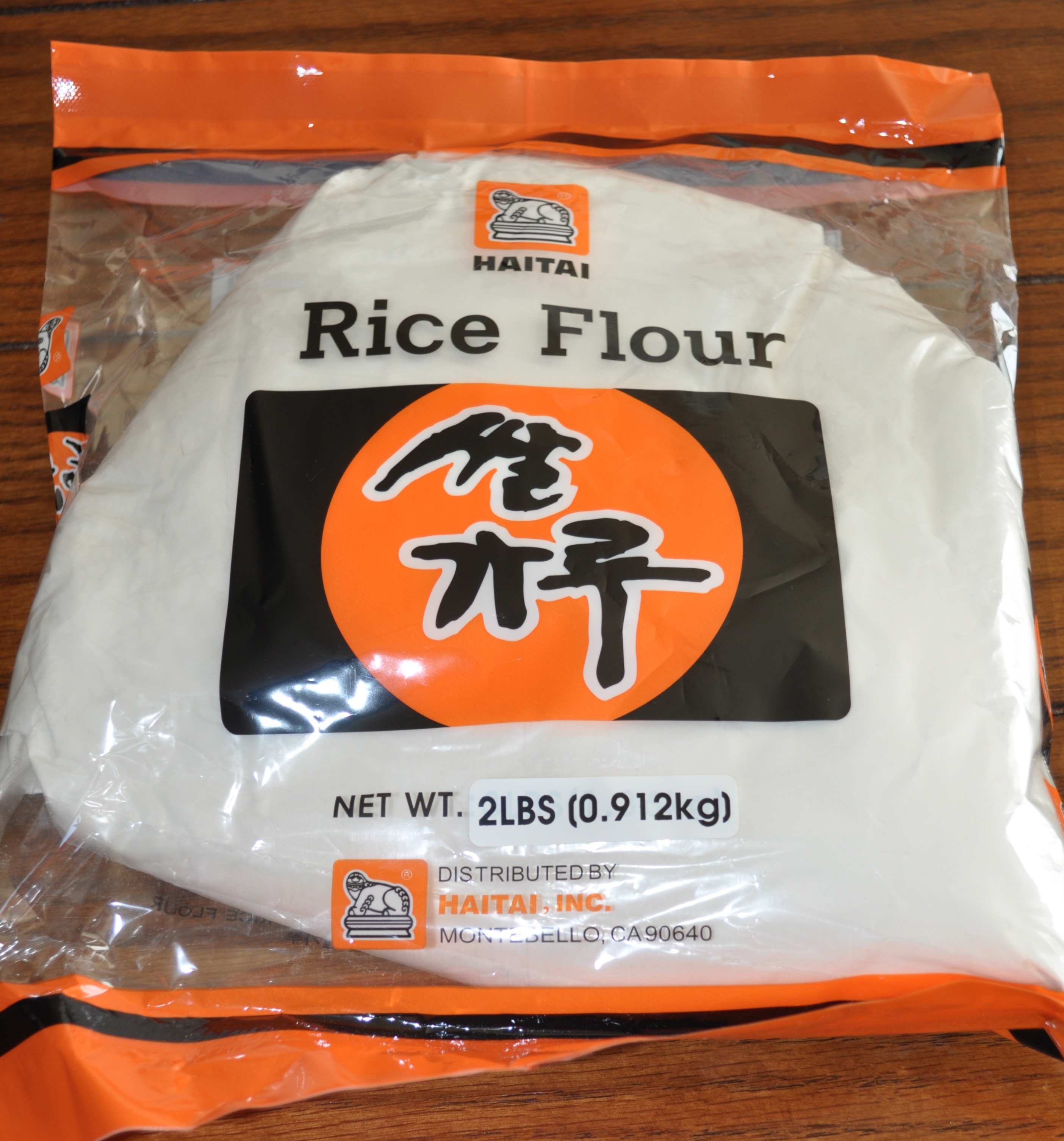 You’ll need to find rice flour that is NOT glutinous. The label will tell you whether it’s glutinous or not. The glutinous kind will NOT work for potu. Glutinous rice flour is made by grinding sweet rice, which is very sticky when cooked. The NON-glutinous rice flour (the kind you need for potu) is made by grinding short or medium-grain rice.
You’ll need to find rice flour that is NOT glutinous. The label will tell you whether it’s glutinous or not. The glutinous kind will NOT work for potu. Glutinous rice flour is made by grinding sweet rice, which is very sticky when cooked. The NON-glutinous rice flour (the kind you need for potu) is made by grinding short or medium-grain rice.
This is a photo of the brand of rice flour I used. There are many different brands; make sure the label states non-glutinous.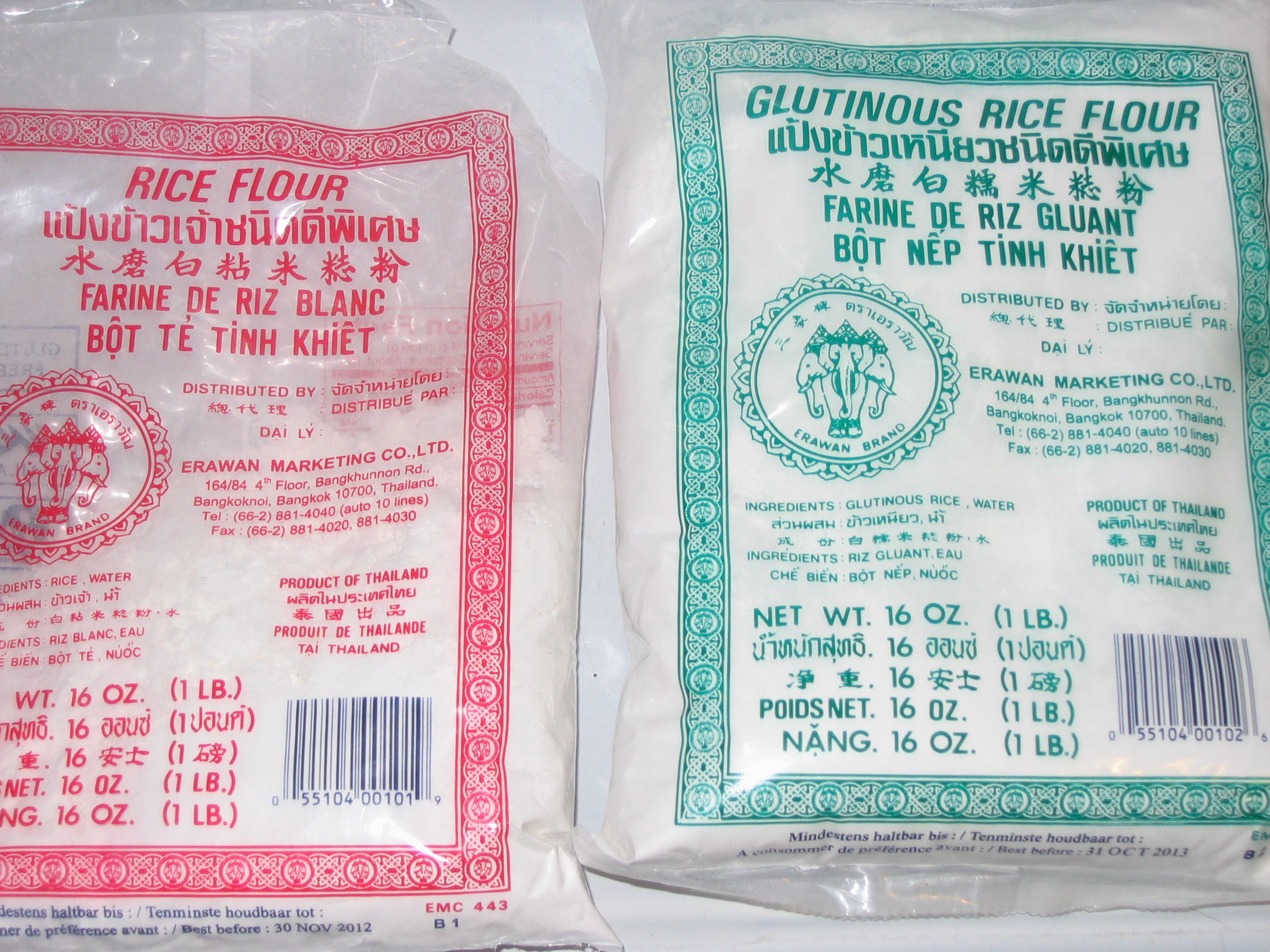
I’ve also used this brand of rice flour (the red bag, pictured on the right). Notice that the green bag clearly states “Glutinous.” If you’re familiar with mochi, glutinous rice flour is used to make mochi. Again, for potu, you want to use NON-glutinous rice flour.
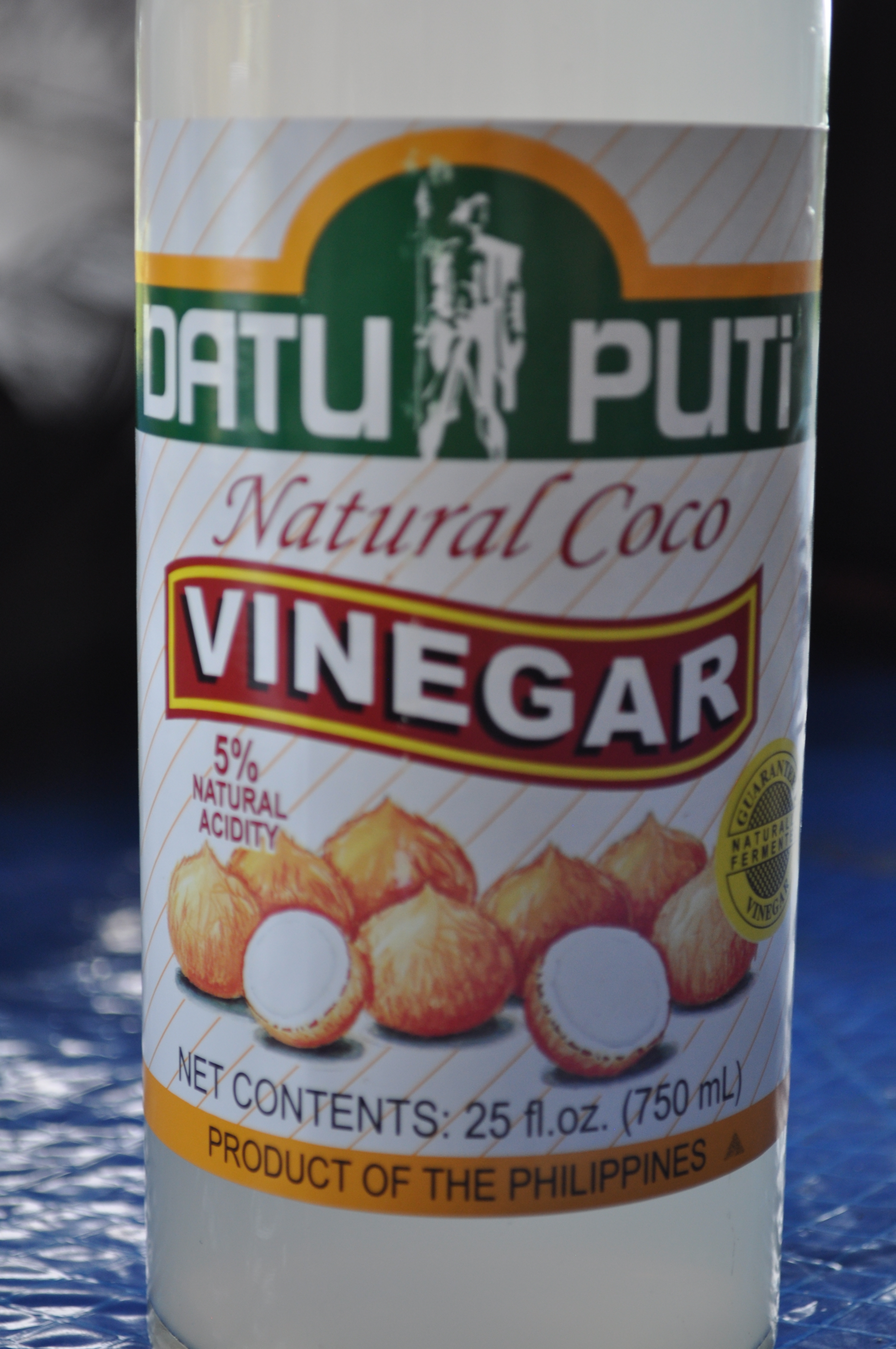 As I mentioned above, tuba is not available here in the states, unless you have a friend or family member visiting from home bring you some. An easy substitute for tuba in this recipe is coconut vinegar. You only need a little bit of vinegar. Judy’s recipe calls for four tablespoons mixed with enough water to make one cup of liquid. I actually cut the amount of vinegar in half because it’s quite pungent. This is the brand of coconut vinegar I use.
As I mentioned above, tuba is not available here in the states, unless you have a friend or family member visiting from home bring you some. An easy substitute for tuba in this recipe is coconut vinegar. You only need a little bit of vinegar. Judy’s recipe calls for four tablespoons mixed with enough water to make one cup of liquid. I actually cut the amount of vinegar in half because it’s quite pungent. This is the brand of coconut vinegar I use.
Mix the vinegar with enough water to make one cup of liquid. I only used two tablespoons of vinegar, but Judy’s recipe calls for four. It’s all up to you, really, on how much vinegar to use. Remember, a little goes a long way.
Mix the rice flour, sugar and baking powder with the vinegar-water mixture. Let the mixture sit for a few minutes — it will get very bubbly.
Pour the batter into molds, filling them almost to the top. I’ve used silicone molds, little glass cups and the silicone molds lined with mini cupcake paper liners, all with success.
Place the molds into your steamer basket before filling — it’s easier than trying to place full cups into the basket without spilling any batter.
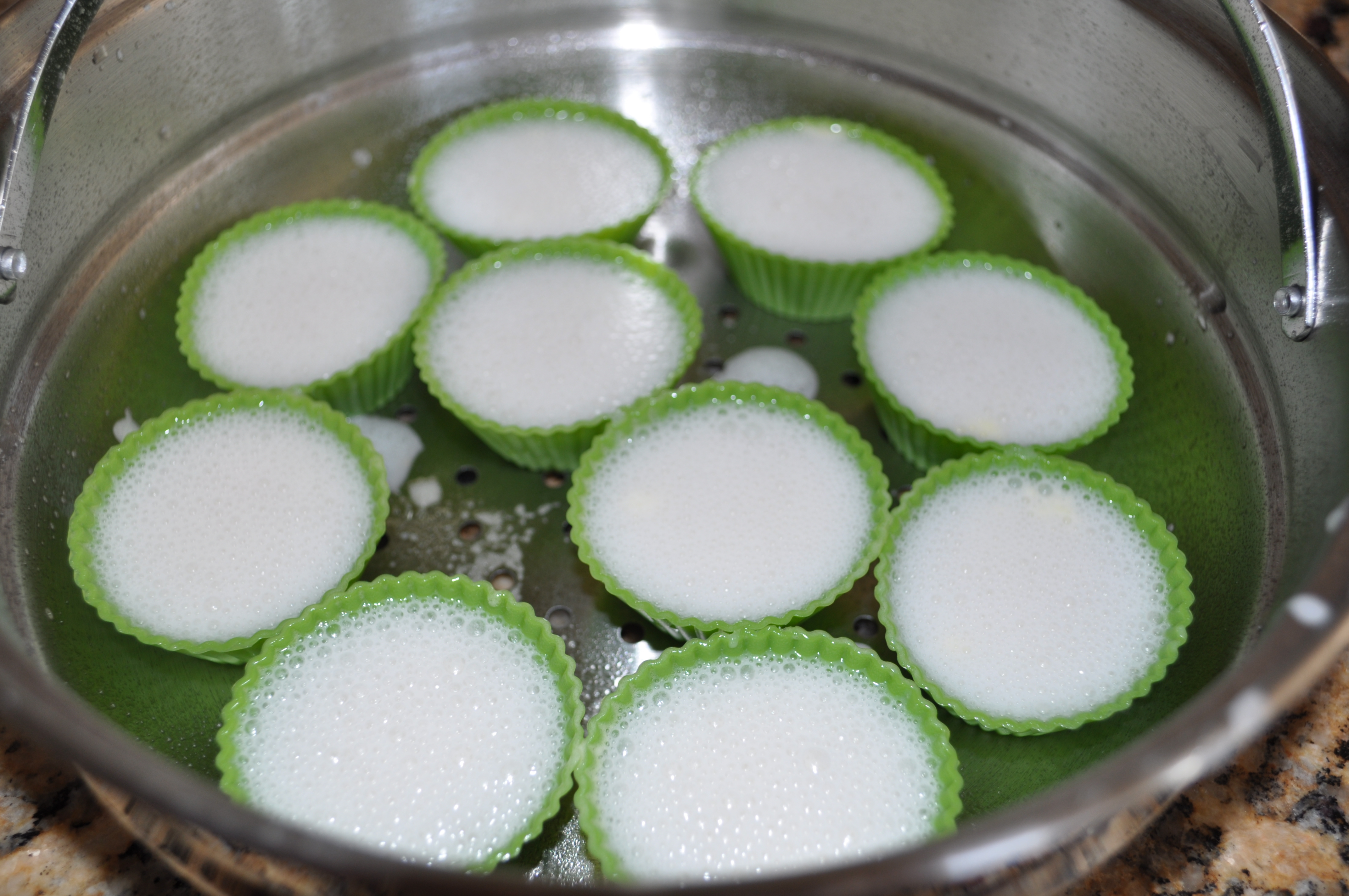 Place the steamer basket into the steamer. Place a clean kitchen towel or cheesecloth beneath the lid to keep the condensation from dripping back onto the potu.
Place the steamer basket into the steamer. Place a clean kitchen towel or cheesecloth beneath the lid to keep the condensation from dripping back onto the potu.
 Steam for about 20 minutes. The tell-tale crack on top indicates the potu is done. Let the potu cool for a few minutes before removing from the molds. Serve and ENJOY! 🙂
Steam for about 20 minutes. The tell-tale crack on top indicates the potu is done. Let the potu cool for a few minutes before removing from the molds. Serve and ENJOY! 🙂
- 1 cup rice flour (make sure it's NOT glutinous rice flour)
- ¾ cup sugar
- 1½ tablespoons baking powder
- 4 tablespoons vinegar mixed with water to equal 1 cup of liquid (OR use 1 cup sweet tuba)
- Mix all ingredients in a bowl and let it sit for about 15 minutes.
- Pour the mixture into miniature molds and steam for about 15-20 minutes.
